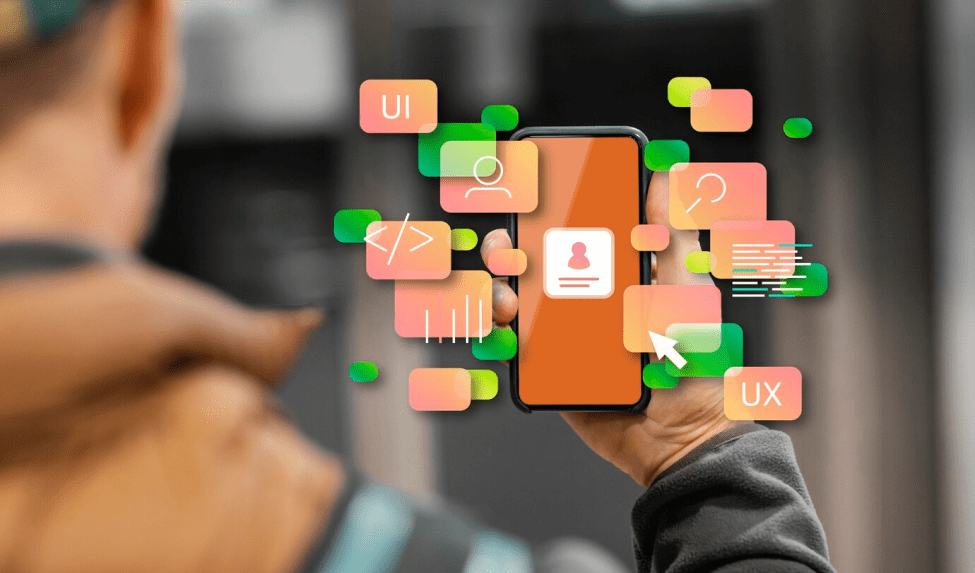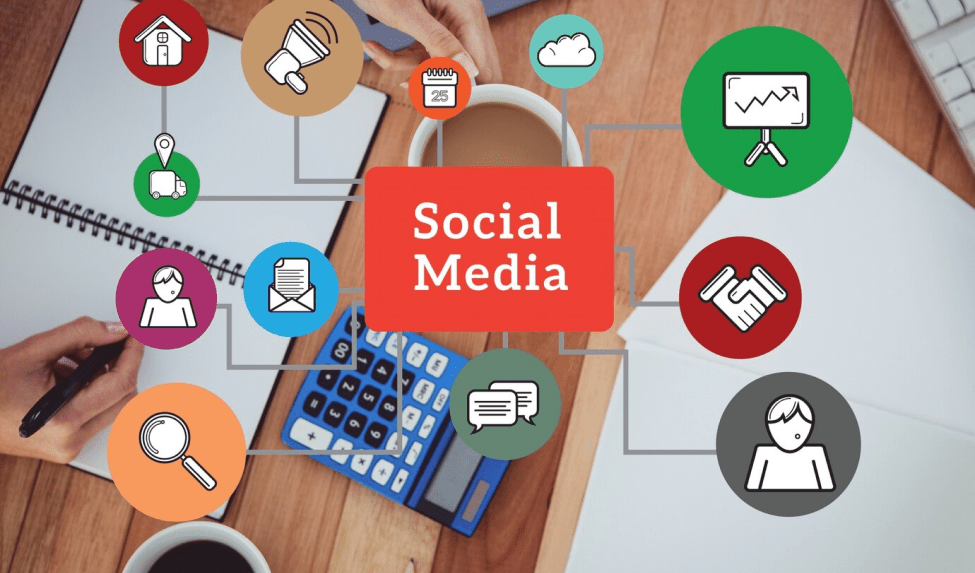Marketing virtual assistants can often be tasked to market a brand on different social media platforms. Sometimes the decision of which platforms to focus on can also be part of the job.
Facebook
As a marketer, you’ll also have so many options to promote your brand on Facebook. Through that, you can run ad campaigns, have a digital shop, and engage with your customers for concerns and inquiries. Find out their problems so you can always highlight how your brand solves those. Emulate how they communicate so your content can be more relatable. Facebook is a great opportunity to provide a touchpoint for your customers if they’re habitual social media users, or if your client does not run a website.
Instagram
Instagram is more of a visual channel for your audiences. Here you can build a visually appealing portfolio for your brand. Instagram lets you post photos, videos, carousels, and stories to stay connected with your audience. Create 15-second videos for quick updates via Reels. If you’re making longer content, IGTV is the way to go. Stories can also give your followers real-time updates on your freshest content. Popular Instagram brands are usually in the fashion and design industry, but anyone with great quality visual content can excel in Instagram marketing.
Twitter
Twitter is a well-liked microblogging website. It may be used to post more text-based social media updates. Don’t forget to post your visual updates here as they also permit photo and video updates. You may communicate with your followers virtually by using the Spaces function. Businesses frequently use Twitter to communicate with consumers who mention their products or services in real time and to give real-time customer care. Twitter is renowned for exchanging links and for helping people find out about current events by looking at trending topics. Sharing outbound links on Twitter doesn’t reduce your reach as it does on other networks. It’s a fantastic choice because of the emphasis on current affairs.
YouTube
YouTube is a video publishing platform we all know and love. Here, you can publish longer video productions that offer valuable information about your company. When using YouTube for social media marketing, always remember to keep your content interesting to your audience and optimized for search engines. This informs them about the brand you are promoting and the value they offer. Use the right keywords and hashtags on your video descriptions to do this. Try using Vid IQ, Tubebuddy and Morningfame to help you improve your marketing game on YouTube.
LinkedIn
LinkedIn is a fantastic tool for brand promotion. Comparing LinkedIn users to the typical internet user, they have double the purchasing power. LinkedIn has the potential to be a big source of value for your client’s business if you use it to effectively represent your brand. Individuals and businesses searching for answers to their difficulties may be found on this platform. Engage influential people in the industry and provide material that explains the benefits of your product or service to others. Use LinkedIn’s search engine to identify the appropriate individuals who will assist the expansion of your brand. It allows you to filter users in a very particular way.
Snapchat
Snapchat is a distinctive platform that prioritises real-time event-based content. Snapchat continues to have a large user base despite being the creator of the social media Stories feature. Publish brief, compelling films and images, or “snaps,” as they are sometimes called, to drive attention to your business. Make a show that people may want to watch frequently, perhaps. A community that believes in and supports your brand may be found on Snapchat.
Pinterest
A lot of fun can be had with social media marketing on Pinterest. This is just one of the numerous graphic social networking sites out there right now. “Pins” and “boards” are the centre of Pinterest. Typically, Pinterest pins are high-resolution photographs or brief films that provide a wealth of knowledge or pleasure in a single viewing. The little sentences that come after the title make up a pin as well. Create material that people in your brand’s niche would like to put on their boards if you discover that they use Pinterest. By doing so, you may engage your audience while also boosting your company.
Rule of Hashtag
Thanks to social media, hashtags are becoming a vital component of our everyday language. And the way they utilise hashtags is perhaps the best way to tell a digital newbie from a digital native. We wish to utilise hashtags to promote our content and join wider discussions about issues that are important to our industry. Check out a few must-follow dos and don’ts if you’re a newcomer seeking to dangle your toe in the hashtag waters. Take these as your hashtag rules.
Hashtag Do’s
- Find out which hashtags are being used by others in your field as a first step. Follow hashtags that are relevant to your industry.
- Look into the guidelines before using a hashtag on a certain social media platform. The regulations differ from one social channel to another, despite the fact that the core concepts are the same. Twitter, for instance, concentrates more on the content, whereas Instagram more on the description.
- It’s crucial for a firm to master the craft of audience targeting. Consequently, while using hashtags, be as exact as you can.
- Hashtags are useful for interaction as well as marketing and promotion. Make use of hashtags to join conversations and initiate new ones. The secret to a well-rounded business is engaging with your customers.
Hashtag Don’ts:
- Never use a hashtag without doing your homework. Make sure the hashtag isn’t already in use. If it is, make a note of what it is being used for to avoid any potential embarrassment.
- Don’t go overboard. If you overuse hashtags, your post will appear spammy and lose its focus. Determine how many pertinent hashtags you may use based on the social media outlet. But generally speaking, don’t use more hashtags than text.
- Your hashtags should be brief. Using hashtags that are too lengthy can annoy and confuse visitors.
- Use different hashtags across all platforms. On Twitter and Instagram, silly or irreverent hashtags may be used, but not on LinkedIn, where you should maintain your professionalism.
- Avoid using obscure or unfamiliar acronyms.








